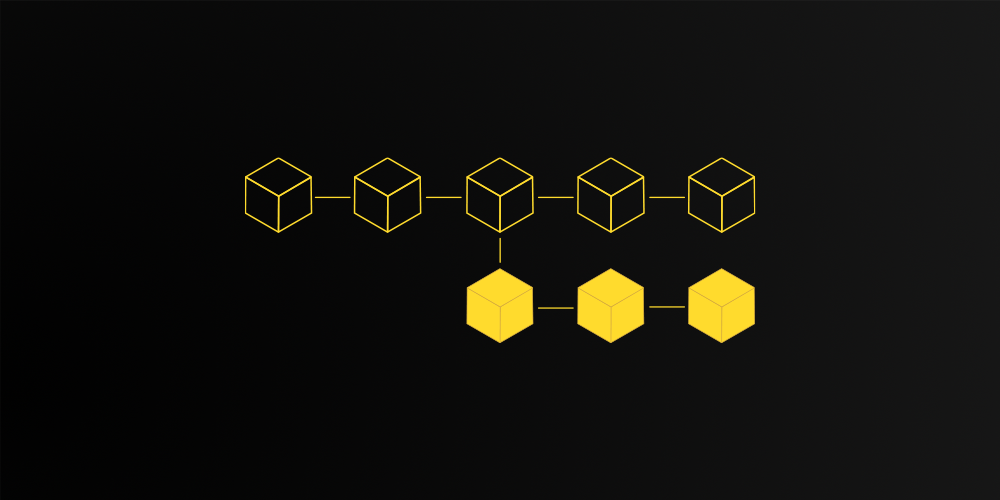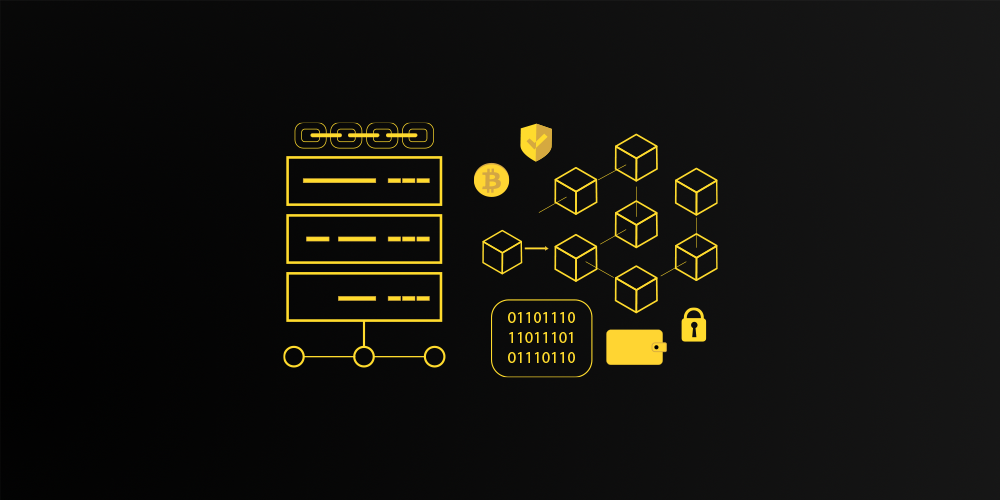Moving Beyond the Basics
Once you grasp blockchain fundamentals, the next step is understanding how the system actually functions.
This article explores blockchain at a deeper level how networks reach agreement, what smart contracts do, and where the technology is making a meaningful impact. It’s meant for readers who already know the basics and want to go further.
Consensus Mechanisms
Proof of Work (PoW)
This method, best known from Bitcoin, relies on miners solving cryptographic puzzles. The first to solve the puzzle earns the right to add a new block. The process is highly secure but consumes substantial energy and scales slowly.
Proof of Stake (PoS)
Rather than solving puzzles, validators lock up a portion of their cryptocurrency as “stake.” The system randomly selects participants to confirm transactions. PoS requires far less energy and can process more transactions.
Other Consensus Models
Some blockchains use alternatives such as Delegated Proof of Stake (DPoS) or Practical Byzantine Fault Tolerance (PBFT). These approaches aim to improve speed, efficiency, or governance depending on the network’s goals.
Core Components of a Blockchain Ecosystem
Nodes
Nodes store and validate blockchain data. Some hold full copies of the ledger, while others rely on lightweight versions.
Miners / Validators
These network participants keep the blockchain secure. Miners operate in PoW systems; validators do the same job in PoS systems.
Smart Contracts
Smart contracts are small programs stored on the blockchain. They execute automatically when conditions are met, removing the need for intermediaries.
Tokens and Cryptocurrencies
Blockchain ecosystems often include:
-
Native coins
-
Governance tokens
-
Utility tokens
-
Stablecoins
Each serves a different purpose, from enabling transactions to granting voting rights.
Real-World Use Cases of Blockchain Technology
Cryptocurrencies and Payments
Blockchain makes it possible to transfer value globally without traditional banking systems.
Decentralized Finance (DeFi)
Platforms built on smart contracts allow lending, borrowing, trading, and earning interest—all without centralized institutions.
Supply Chain & Logistics
Companies use blockchain to trace products through each step of the supply chain, improving transparency and reducing fraud.
NFTs & Digital Ownership
NFTs represent unique assets, giving creators and owners verifiable rights to digital items.
Identity Management & Authentication
Blockchain-based systems give users control over their own identity data.
Healthcare, Voting & Government Services
Secure record-keeping, verifiable voting systems, and public records benefit from blockchain’s transparency.
Benefits of Blockchain Technology
Reduced Intermediaries & Lower Costs
By replacing manual processes and middlemen with automated programs, blockchain streamlines operations.
Faster Transactions & Global Access
Transactions can be completed in minutes or seconds, regardless of location.
Enhanced Security & Trust
A distributed network and cryptographic verification greatly reduce risks of tampering.
Blockchain vs Traditional Systems
Centralized vs Decentralized Models
Traditional systems depend on a central authority. Blockchains distribute trust across many participants.
When Blockchain Makes Sense (And When It Doesn’t)
Blockchain works best when multiple parties need to collaborate and verify shared data. If one organization controls everything, a regular database is usually more efficient.
How to Get Started with Blockchain
Learning & Education Resources
Online courses, tutorials, and community guides can help deepen your understanding.
Trying Wallets & Testnets
Test networks let you experiment with real blockchain interactions without financial risk.
Basic Security Tips for New Users
Never share your seed phrase, double-check links, and store large assets in secure hardware wallets.
Conclusion
At the intermediate level, blockchain becomes far more interesting. Understanding consensus methods, smart contracts, and real-world applications opens the door to advanced topics such as scalability and Web3 development. This deeper perspective helps you appreciate how blockchains function and why they continue to grow in relevance.
FAQs
1. Do I need coding experience to understand intermediate blockchain concepts?
Not necessarily. Some parts of blockchain get technical, but many intermediate topics—like consensus, smart contracts, and token utilities—can be understood without writing code.
2. What’s the main difference between PoW and PoS in simple terms?
PoW relies on computing power, while PoS relies on staked coins. Both secure the network, but they do it in completely different ways.
3. Why are smart contracts so important in blockchain ecosystems?
They automate actions that used to require middlemen. Without smart contracts, most of the apps, exchanges, and DeFi tools we use today wouldn’t exist.
4. Are all tokens on a blockchain considered cryptocurrencies?
No. Some tokens are used for voting, some for-platform access, and some represent digital items. Only certain tokens are meant to function as currency.
5. What’s the biggest challenge for someone moving from beginner to intermediate level?
Usually, it’s understanding the technical logic behind how blockchains operate, not just what they do. Once that foundation clicks, everything else becomes much easier.
Disclaimer
This article is meant to help you understand blockchain on a deeper level, but it shouldn’t be taken as any kind of professional or technical advice. The technology changes all the time, sometimes faster than you’d expect, so a few details might shift or become outdated later on.
If you’re planning to use anything here for a project or, you know, make decisions that matter, it’s better to double-check things with reliable sources or talk to someone who works in the field. We can’t really take responsibility for what happens if you rely entirely on this content. How you use the information is basically up to you.





